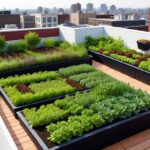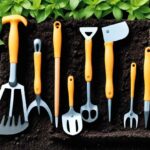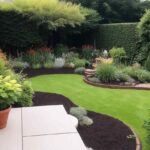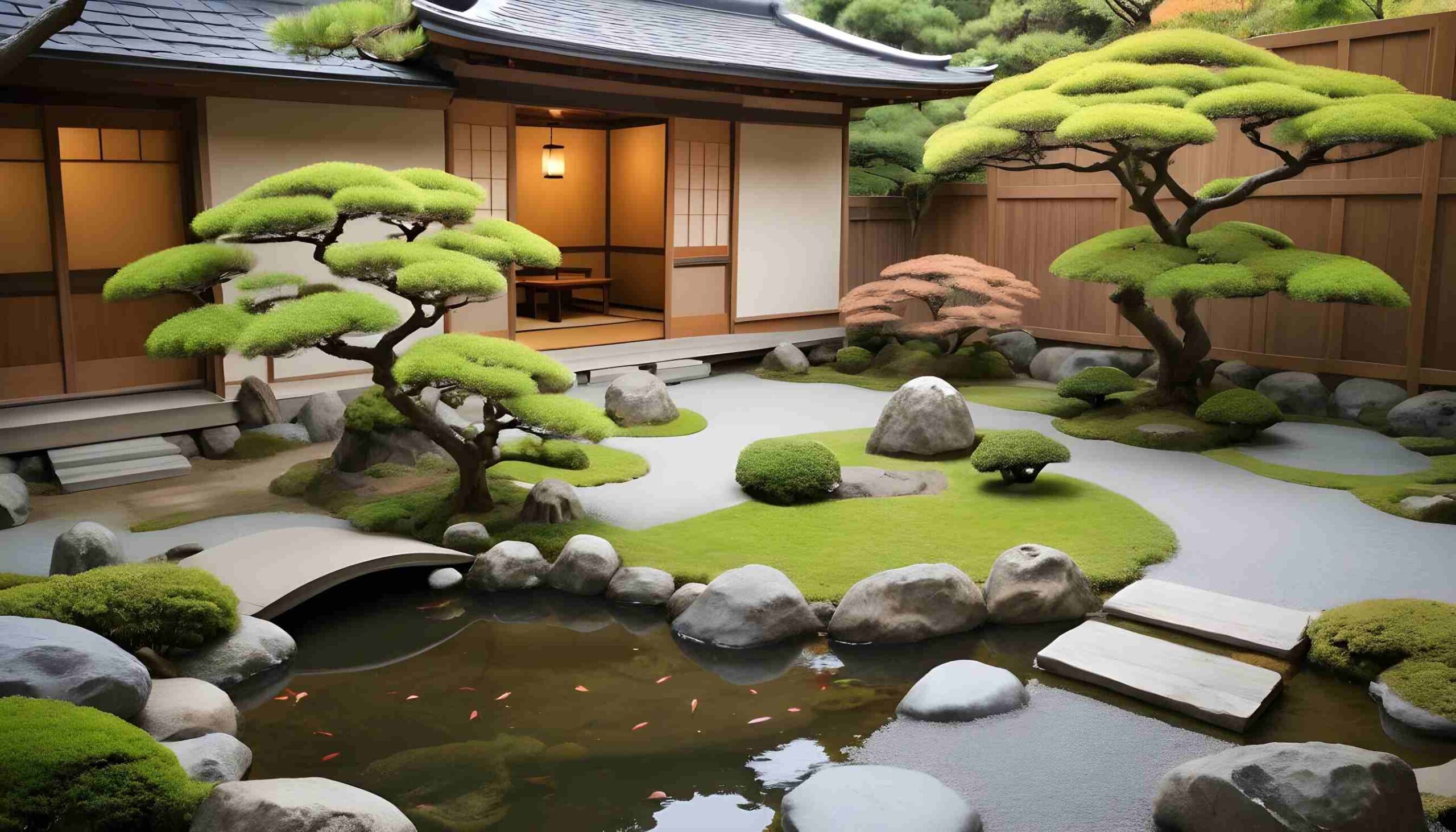Coriander, also known as cilantro or Chinese parsley, is a versatile herb that is widely used in various cuisines around the world. Whether you are an experienced gardener or a beginner, growing coriander in your garden can be a rewarding and fulfilling experience. In this ultimate guide, I will take you through the step-by-step process of coriander gardening i.e. Coriander Gardening Tips, from selecting the right seeds to harvesting and storing your coriander plants.

Photo by ArtActiveArt on Pixabay
Coriander Gardening Tips
- Benefits of Growing Coriander
- Understanding coriander plant requirements
- Selecting the right coriander seeds
- Preparing the soil for coriander planting
- Planting coriander seeds
- Coriander care and maintenance
- Common coriander plant problems and solutions
- Harvesting and storing coriander
- Delicious coriander recipes to try
Let’s delve deeper and understand more about Coriander Gardening Tips.
Benefits of growing coriander
Before we delve into the details of coriander gardening, let’s first explore the benefits of growing this delightful herb. One of the main advantages of growing coriander is the convenience of having fresh herbs readily available in your backyard. Instead of relying on store-bought coriander, you can simply pluck a few leaves whenever you need them, ensuring that they are at their freshest and most flavorful.
Another benefit of growing coriander is its versatility in the kitchen. The leaves, stems, and seeds of the coriander plant are all edible and can be used in a wide range of dishes. From adding a burst of freshness to salads and soups to enhancing the flavor of curries and stir-fries, coriander can truly elevate the taste of your culinary creations.
Understanding coriander plant requirements
To successfully grow coriander, it is essential to understand the plant’s requirements. Coriander thrives in full sun or partial shade, so make sure to choose a location in your garden that receives at least six hours of direct sunlight. The soil should be well-draining and rich in organic matter.
Coriander prefers a slightly acidic to neutral soil pH level, ideally between 6.0 and 7.0. If your soil is too acidic, you can add lime to raise the pH level. On the other hand, if your soil is too alkaline, you can amend it with organic matter such as compost or well-rotted manure to lower the pH level.
Selecting the right coriander seeds
One of the important Coriander Gardening Tips is to select the appropriate seeds. When it comes to selecting coriander seeds, there are a few factors to consider. Firstly, choose seeds that are fresh and of high quality. Look for seeds that are plump, firm, and free from any signs of damage or discoloration. You can purchase coriander seeds from reputable seed suppliers or garden centers.
Another important consideration is the variety of coriander seeds. There are two main types of coriander: slow-bolting and quick-bolting. Slow-bolting varieties are ideal for gardeners in warmer climates, as they are more heat-tolerant and less likely to bolt or go to seed quickly. Quick-bolting varieties, on the other hand, are better suited for gardeners in cooler climates where the growing season is shorter.
Your Ultimate Guide to Gardeningtrails.com
Preparing the soil for coriander planting
Before planting your coriander seeds, it is crucial to prepare the soil properly. Start by removing any weeds or debris from the planting area. Loosen the soil using a garden fork or tiller, breaking up any large clumps and ensuring that it is well-draining.
Next, incorporate organic matter such as compost or well-rotted manure into the soil. This will improve its fertility and drainage, providing a better environment for your coriander plants to grow. Spread a layer of organic matter over the planting area and mix it into the top few inches of soil using a garden rake or hoe.
Planting coriander seeds
Once the soil is prepared, it’s time to plant your coriander seeds. Start by creating shallow furrows in the soil, approximately half an inch deep. Space the furrows about six to eight inches apart to provide enough room for the coriander plants to grow.
Carefully place the coriander seeds in the furrows, spacing them about one inch apart. Cover the seeds with a thin layer of soil, gently pressing it down to ensure good seed-to-soil contact. Water the planting area lightly to provide moisture for germination.

Coriander care and maintenance
After planting your coriander seeds, it is important to provide proper care and maintenance to ensure healthy growth. Water your coriander plants regularly, keeping the soil consistently moist but not waterlogged. Avoid overwatering, as this can lead to root rot and other problems.
Fertilize your coriander plants regularly to promote robust growth. Use a balanced fertilizer, applying it according to the manufacturer’s instructions. Alternatively, you can use organic fertilizers such as compost or well-rotted manure to provide nutrients to your coriander plants.
Common coriander plant problems and solutions
While coriander is generally a resilient plant, it can still be susceptible to certain problems. One common issue is bolting, which occurs when the plant prematurely goes to seed. To prevent bolting, make sure to keep the soil consistently moist and provide shade during the hottest part of the day, especially in warmer climates.
Another problem that coriander plants may encounter is powdery mildew, a fungal disease that appears as a white, powdery coating on the leaves. To prevent powdery mildew, avoid overhead watering and ensure good air circulation around the plants. If powdery mildew does occur, you can treat it with organic fungicides or homemade remedies such as a mixture of baking soda and water.
Read more about Brinjal Gardening Tips
Harvesting and storing coriander
Once your coriander plants have reached maturity, it’s time to harvest the leaves and stems. The leaves can be harvested individually by snipping them off near the base of the plant. Alternatively, you can cut the entire plant near the soil level, allowing it to regrow for a second harvest.
To store coriander, rinse the leaves and stems thoroughly to remove any dirt or debris. Pat them dry with a clean towel or use a salad spinner to remove excess moisture. Place the coriander in a plastic bag or an airtight container and store it in the refrigerator. Fresh coriander can last up to two weeks when stored properly.
Delicious coriander recipes to try
Now that you have successfully grown and harvested your coriander, it’s time to put it to good use in the kitchen. Here are a few delicious coriander recipes to try:
-
Coriander Lime Chicken: Marinate chicken breasts with a mixture of coriander, lime juice, garlic, and olive oil. Grill or bake until cooked through, and serve with a side of rice or salad.
-
Fresh Tomato Salsa: Combine diced tomatoes, red onion, jalapeno peppers, coriander, lime juice, and salt. Mix well and let the flavors meld together for a few hours before serving with tortilla chips.
-
Coriander Pesto Pasta: Blend coriander leaves, garlic, pine nuts, Parmesan cheese, and olive oil in a food processor until smooth. Toss the pesto with cooked pasta and garnish with extra coriander leaves.
Conclusion
Growing coriander in your garden is a rewarding experience that allows you to enjoy the freshness and flavor of this versatile herb. By following the Coriander Gardening Tips and techniques outlined in this ultimate guide, you can successfully cultivate coriander plants from seed to sprout. Remember to provide the right growing conditions, select quality seeds, and provide proper care and maintenance to ensure healthy growth. With a little patience and dedication, you’ll soon be harvesting your bountiful crop of coriander. So, roll up your sleeves, put on your gardening gloves, follow Coriander Gardening Tips, and get ready to embark on your coriander gardening journey.








